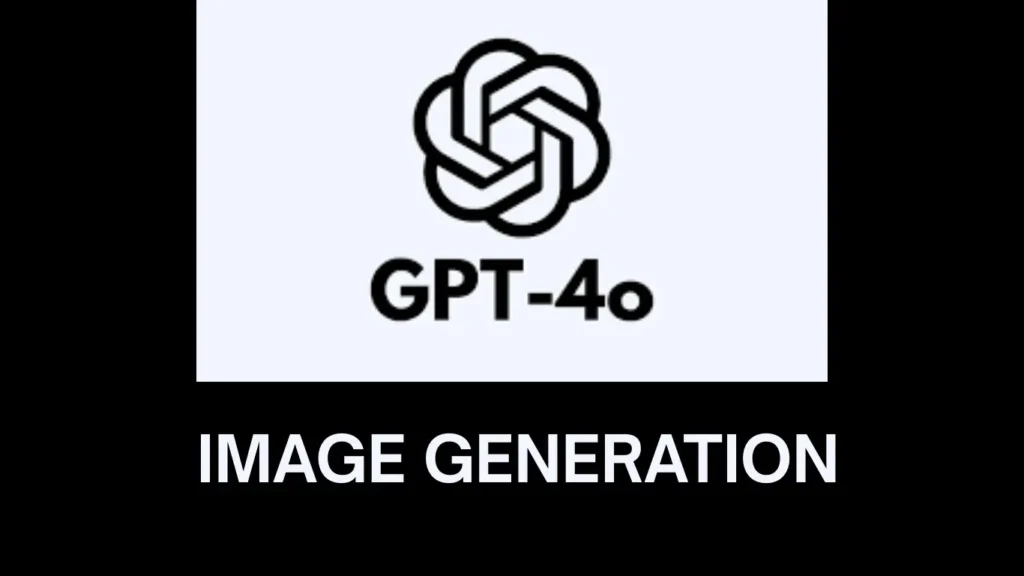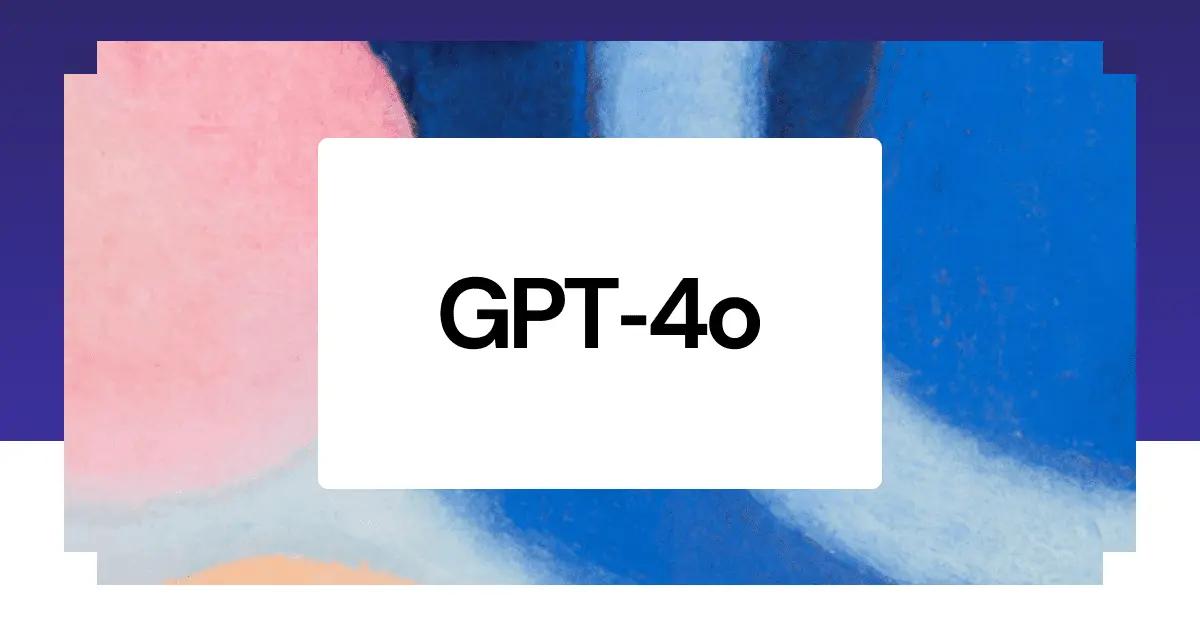OpenAI‘s GPT-4o represents a significant advancement in multimodal AI, capable of generating both text and images. As its capabilities expand, questions arise regarding its ability to produce Not Safe For Work (NSFW) content, particularly sexually explicit material. This article examines OpenAI’s current stance, policy developments, and the broader implications of AI-generated NSFW content.

What is GPT-4o’s Image Generation
A Leap in Multimodal AI
GPT-4o stands out as OpenAI’s most advanced model, integrating text, image, and audio processing into a single framework. This integration allows for seamless transitions between modalities, enabling users to input a combination of text and images and receive coherent outputs across different formats. The model’s image generation capabilities are particularly noteworthy, offering high-quality, photorealistic images that adhere closely to user prompts.
Practical Applications and Limitations
In practical applications, GPT-4o has demonstrated proficiency in tasks such as enhancing photo aesthetics, creating collages, and transforming images based on specific prompts. For instance, users have employed GPT-4o to restyle interior design images, adding elements like black cabinets while preserving other details. However, despite these advancements, GPT-4o is not without limitations. Users have reported issues such as unnecessary cropping and difficulties in accurately rendering complex scenes with multiple objects.
What is NSFW Content in AI
Defining NSFW in the AI Context
NSFW content encompasses material considered inappropriate for professional settings, including erotica, explicit language, graphic violence, and other adult themes. In AI applications, this refers to both the generation and dissemination of such content through text or images.
OpenAI’s Historical Approach
Historically, OpenAI has maintained strict guidelines prohibiting the generation of NSFW content. This includes a firm ban on AI-generated pornography and deepfakes, emphasizing the importance of user safety and ethical considerations.
Can GPT-4o Generate NSFW pictures?
Current Policies and Safeguards
OpenAI has implemented robust safeguards to prevent the misuse of GPT-4o in generating harmful or explicit content. All images generated by GPT-4o include C2PA metadata, which helps identify AI-generated images and ensures transparency. Additionally, OpenAI has developed internal tools to detect and prevent the generation of content related to child sexual abuse and sexual deepfakes.
The company maintains strict usage policies that prohibit the generation of adult NSFW content, particularly pornography. While OpenAI has considered allowing the generation of NSFW content in age-appropriate contexts, such as text-based erotica or gore, it has clarified that there are no intentions to enable the creation of AI-generated pornography.
Evolving Perspectives and Community Feedback
OpenAI’s CEO, Sam Altman, has acknowledged the complexity of content moderation and the importance of aligning AI capabilities with societal expectations. In discussions on platforms like Reddit, Altman has expressed interest in enabling NSFW content generation for personal use in appropriate contexts, emphasizing the need for responsible implementation. This perspective reflects an evolving approach to content moderation, balancing user autonomy with ethical considerations.
The Role of Research and Technological Safeguards
To mitigate the risks associated with AI-generated NSFW content, researchers have developed various frameworks and tools. Notably:
- SafeGen: A framework designed to mitigate sexually explicit content generation in text-to-image models by eliminating explicit visual representations from the model, regardless of the text input.
- CROPS: A model-agnostic, training-free framework for safe image synthesis with latent diffusion models, aiming to defend against adversarial attacks that generate NSFW images.
- ToxicBench: An open-source benchmark for evaluating NSFW text generation in images, providing a curated dataset of harmful prompts and new metrics for assessment.
These initiatives represent proactive steps toward ensuring that AI technologies are developed and deployed responsibly.
Conclusion
While GPT-4o possesses advanced image generation capabilities, OpenAI has implemented stringent policies and technical safeguards to prevent the generation of NSFW content.
As AI continues to evolve, it is crucial for stakeholders—including developers, policymakers, and users—to engage in ongoing dialogue and collaboration. By fostering transparency, accountability, and ethical considerations, we can harness the benefits of AI while mitigating its risks.
CometAPI Suggests
You may have to spend a lot of effort to generate NSFW content with gpt 4o, Beat Filters, Avoid Flags, and Get the Results You Want. Why not consider other tools? For example, Midjourney API Stable Diffusion API(Stable Diffusion XL 1.0 API) and Flux API(FLUX.1 API etc), cometAPI has a collection of various image generation tools, you can choose the one that suits you best! CometAPI also integrates GPT-4o-image API API, and may be able to bypass the restrictions of openai through third-party API,CometAPI integrates gpt-4o-image generates image API doc guide for developer in, ,For technical details see GPT-4o-image API.



